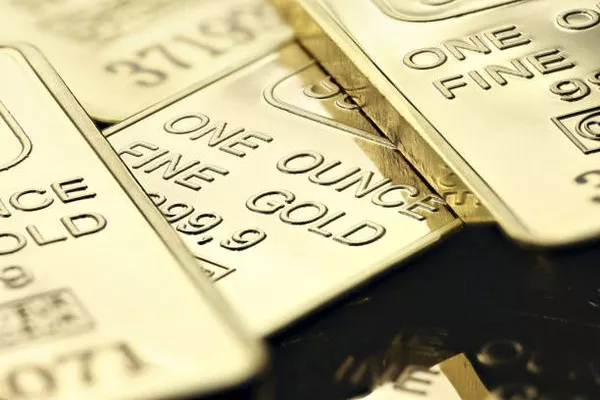Gold prices extended their decline for the second consecutive day, with the most active August gold futures contract settling at $2,309.40 as of 5:30 PM ET, marking a drop of $22.30 or -0.96%.
A key factor contributing to the downward pressure on gold is the robust performance of the U.S. dollar, which recently reached a 38-year high against the Japanese yen. Masato Kanda, Japan’s top currency diplomat, expressed significant concern over the yen’s rapid depreciation, exacerbated by the Bank of Japan’s decision to maintain its low-interest-rate policy and bond-buying stimulus until July. Currently, the dollar is up 1.140 or +0.71% against the yen, closing at 106.811. The U.S. Dollar Index also rose by 0.43% to 106.098.
Adding to gold’s challenges are the climbing U.S. Treasury yields, which saw an increase of 5-7 basis points across the yield curve. A recent auction of five-year notes drew robust demand, particularly from non-dealer participants.
Recent statements from Federal Reserve officials have further influenced market sentiment. Fed Governor Lisa Cook acknowledged progress in managing inflation and a moderating labor market but refrained from outlining a specific timeline for rate cuts. In contrast, Fed Governor Michelle Bowman indicated that it is premature to reduce interest rates and suggested the potential for rate hikes if inflation persists.
Investor focus now shifts to the forthcoming Personal Consumption Expenditures (PCE) report scheduled for Friday. Economists anticipate a slowdown in consumer price growth for the previous month, with the “core” PCE, excluding volatile food and energy prices, projected to reach its lowest level since March 2021.
A PCE report aligning with these forecasts could signal that inflation is converging towards the Federal Reserve’s target. This development might prompt the Fed to consider lowering its benchmark rate as early as September, despite recent cautious remarks from certain Fed officials.
Federal Reserve Chairman Jerome Powell has emphasized the necessity for strong economic data to support any policy adjustments. A favorable PCE report could mark the beginning of a sequence of positive economic indicators that the Fed seeks, potentially paving the way for earlier rate cuts than suggested by Governors Cook and Bowman.
In conclusion, while factors like dollar strength, rising yields, and mixed signals from Fed officials pose challenges for gold prices in the short term, the upcoming PCE report holds potential to sway market sentiment significantly by influencing the Federal Reserve’s future policy decisions.


